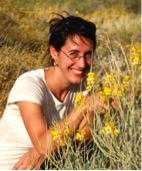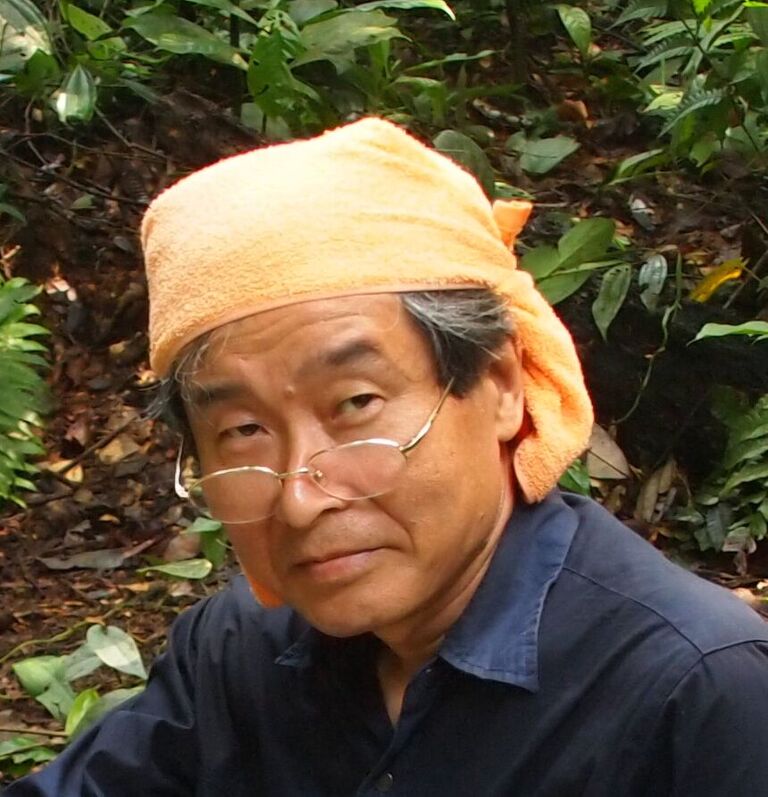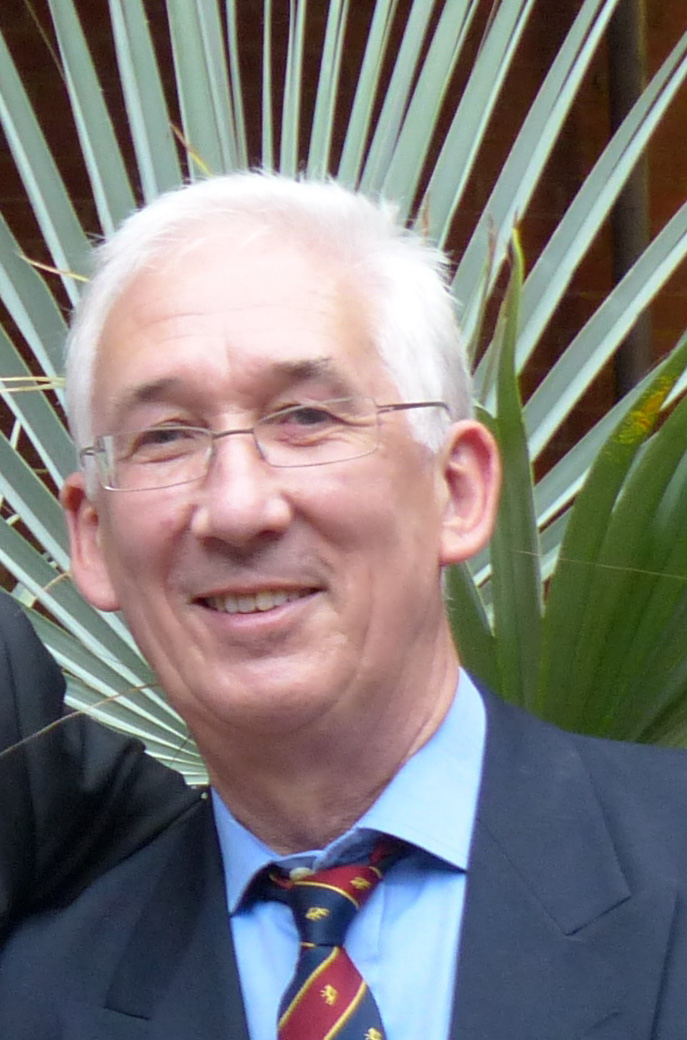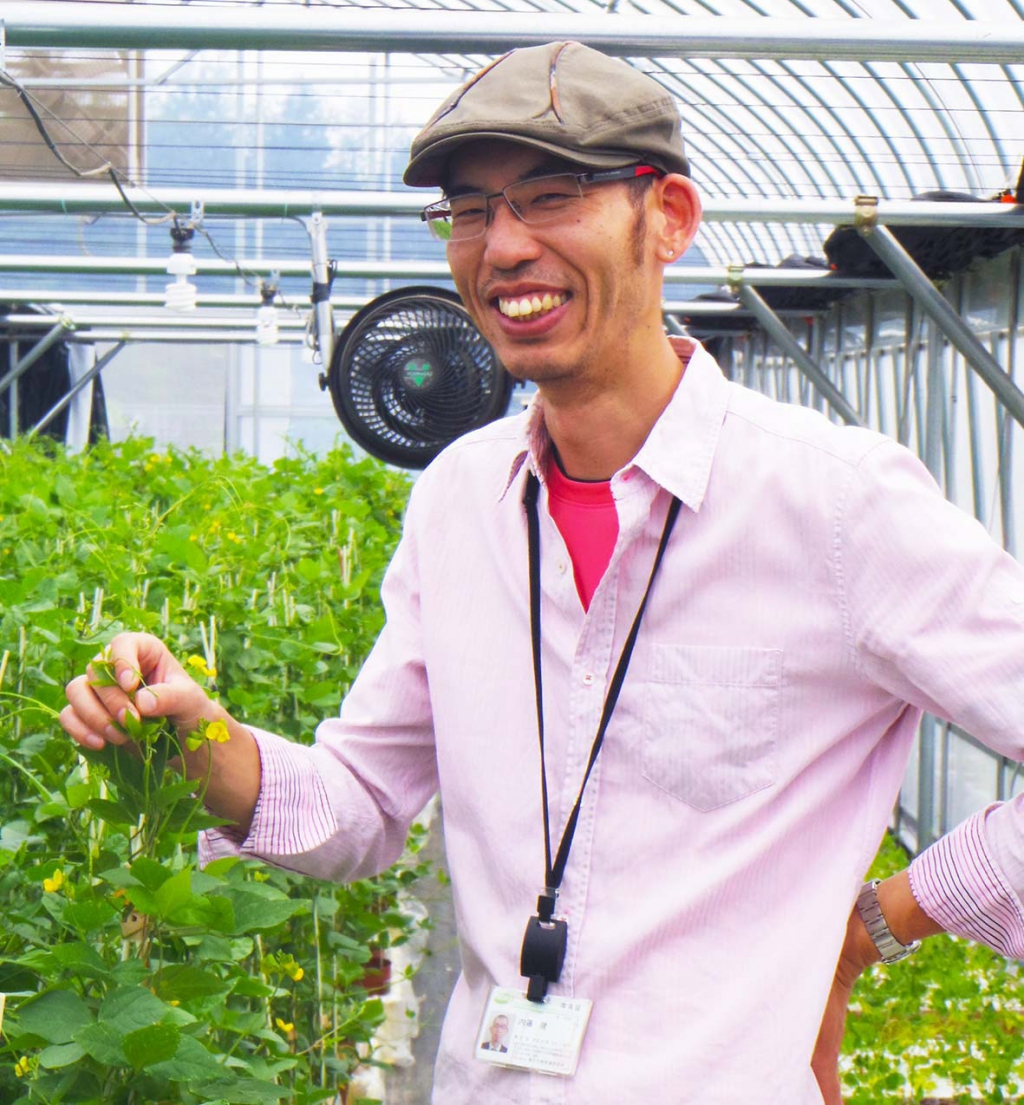Plenary Speakers
 Dr. Brigitte Marazzi (Natural History Museum of
Dr. Brigitte Marazzi (Natural History Museum of
Canton Ticino, Lugano, Switzerland)
Talk title: Extrafloral nectaries, legumes, and ants: a
complicated relationship (-> ABSTRACT) Wednesday, August 29Brigitte Marazzi has been working with legumes for a long time. Her PhD project at the University of Zürich, Switzerland, which she defended in 2007, was on the caesalpinioid genus Senna. Although the focus was on floral symmetries, she soon discovered the extrafloral nectaries, which became the focus of her 4 year-long postdoctoral time at the University of Arizona, in Tucson (US). To understand extrafloral nectaries in Senna, she started to explore them in the legume family. Fascinated by the incredible diversity she was unravelling, she became interested in the study of morphological evolution.
While she worked for almost 3 years in Argentina at the Instituto de Botánica del Nordeste in Corrientes, she extended her research to include ecological aspects at the community level. She also formed and coordinated the Legume Morphology Working Group and the two legume morphology meetings in Brazil. After she returned to Switzerland in 2015, the group merged with the Legume Phylogenetic Working Group.
Currently, she works at the Natural History Museum of Canton Ticino and the National Data and Information Center on the Swiss Flora. She mainly deals with topics in conservation of endangered native species and monitoring of invasive alien species but still continues her research on extrafloral nectaries in and beyond legumes, and keeps in touch with the legume systematics community as the editor of the Bean Bag Newsletter.
 Professor Tetsukazu Yahara (Kyushu University, Japan)
Professor Tetsukazu Yahara (Kyushu University, Japan)
Talk title: Legume diversity assessment as an example
of plant diversity assessment in SE Asia (-> ABSTRACT)
Thursday, August 30Tetsukazu Yahara started his research from biosystematics of some agamospermous plant groups in 1980s and then made efforts to elucidate costs and benefits of sexual and asexual reproduction in the Eupatorium-geminivirus system. He discovered high evolutionary rate and high genetic diversity of geminiviruses infecting wild host plants, and higher infection frequencies in asexual lineages. He also studied the evolution of various sexual systems in flowering plants including cleistogamy and gynodioecy, and the evolution of diurnal and nocturnal pollination systems in Hemerocallis and Lilium. Recently, he worked in some international programs including DIVERSITAS and GEO BON and since 2009 he has been a co-chair of AP BON (Asia-Pacific Biodiversity Observation Network). From 2011 to 2015, he directed a project “Integrative Observations and Assessments of Asian Biodiversity” sponsored by the Ministry of Environment, Japan in which more than 100 researchers joined. In this project and a subsequent project on plant diversity, he is collaborating with SE Asian botanists to record all the vascular plant species growing within 5m x 100m plots placed in candidate hot spots of plant diversity in SE Asia. He and his collaborators have accumulated more than 160,000 herbarium specimens with DNA samples, and DNA barcoding of those specimens is in progress.
 Dr. Erik Koenen (University of Zurich, Switzerland)
Dr. Erik Koenen (University of Zurich, Switzerland)
Talk title: Phylogenomic complexity and legume
evolution in deep time (-> ABSTRACT) Saturday, September 1
Erik Koenen is a PhD candidate at the Institute of Evolutionary and Systematic Botany (ISEB) at the University of Zurich, where he works in the group of Dr. Colin Hughes. During his MSc studies, at the National Herbarium of the Netherlands, Wageningen branch (WAG) and Wageningen University, he completed a taxonomic revision of the African Meliaceae species formerly included in the Neotropical genus Guarea and then went on to work on molecular phylogenetics and biogeography of Meliaceae. Upon moving to Zurich he started working on macro-evolution and phylogenomics of mimosoid legumes (formerly subfamily Mimosoideae), and has spent the last few years also working on the phylogenomics of the origin and early evolution of the Leguminosae. His work on mimosoids involved the development of hybrid capture target loci sets, and the same method has subsequently been applied to design targets in diverse taxonomic groups. He remains having a strong interest in herbarium taxonomy and is focusing on the genus Albizia and allies with the aim to redefine generic boundaries and to complete a taxonomic revision of the African and Asian species in the genus.
 Dr. Gwilym P. Lewis (Royal Botanic Gardens, Kew, UK)
Dr. Gwilym P. Lewis (Royal Botanic Gardens, Kew, UK)
Talk title: From gardening to phylogenomics via taxonomy:
a 45-year legume retrospective(-> ABSTRACT)
Sunday, September 2Gwilym P. Lewis (PhD) is the legume research leader in the Comparative Plant and Fungal Biology Department at the Royal Botanic Gardens, Kew, where he has worked since 1974. He is a plant systematist specialising in the taxonomy, biology and geography of legumes in Latin America. He has travelled and collected widely across the Americas. Floristic studies have focused on Brazil, and Ecuador (he spent two years, 1996-1998, living in Loja, southern Ecuador). He has published 235 scientific papers and eight books. His publications include taxonomic revisions and monographs, evolutionary studies, and research on reproductive biology, floral anatomy, phytochemistry and biogeography. Monographic work has focused on the genus Caesalpinia and he has revised several smaller genera in the mimosoid clade and the Papilionoideae.
Gwilym helped organise the first International Legume Conference at Kew in 1978 and has been a co-organiser or major contributor to the six subsequent international conferences which have resulted in 12 proceedings volumes under the series title: Advances in Legume Systematics. He set up the UK Legume Working Group in 1998 and co-founded the International Legume Phylogeny Working Group in 2010, which in 2017 published a new six subfamily classification of the legumes.
 Dr. Ken Naito (National Agriculture and Food Research
Dr. Ken Naito (National Agriculture and Food Research
Organization, Japan)
Talk title: Genomics of salt tolerance in wild species
of genus Vigna (-> ABSTRACT) Sunday, September 2Ken Naito has been working on genomics of wild Vigna species for the last 8 years. As a PhD student and a postdoctoral fellow in University of Georgia, he worked on a bursting transposable element in rice. During that time he recognized the power of whole genome analyses with next generation sequencers. Then he joined Genetic Resources Center in National Agriculture and Food Research Organization, Japan. Although he was expected to work on genetics of domestication in Vigna crops (cowpea, azuki bean, mung bean, black gram, etc.), he fell in love with the great diversity of wild Vigna species. So he launched a genome project with his colleagues to sequence the whole genomes of 10 wild species. He spent almost 5 years until he finished this project. His focus is now salt tolerance of wild Vigna species, where several species have independently acquired salt tolerance. By genetic analysis and transcriptomic study, he is trying to elucidate evolution and application of salt tolerance.